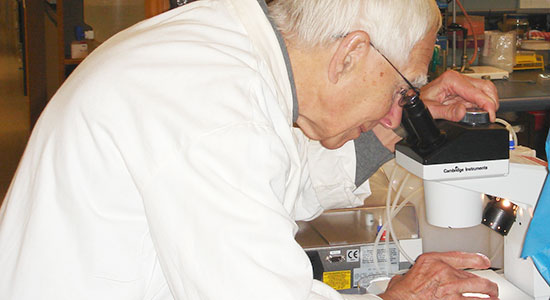250 miles north of Vancouver, British Columbia, Canada and far away from marine detritus or industrial contaminates common to tidal clay and mud on the market today, is a large inventory of pure colloidal glacial clay called the Kisameet Bay Clay Deposit. Thought by geoscientists to be formed near the end of the last Ice age some 10,000 years ago, the Kisameet deposit is situated in Heiltsuk First Nations traditional territory. A shallow 5 acre granite basin located 30 ft above sea level captured this rare treasure as mineral laden glacial melt filled the basin and the minerals settled out. Centuries of coastal flora and a thick blanket of rainforest moss now cover the 400,000 ton deposit. The rare clay found beneath the moss, known as Kisolite, is unique among the world’s clays for its colloidal properties, nano particle size, cation exchange capacity, mineral content and potential natural antibacterial properties.
In keeping with the company’s triple bottom line philosophy of environmental sustainability, social equity and profitability, Kisolite is hand harvested by local Heiltsuk contractors and site management, avoiding the contamination and site degradation common to typical “mining” endeavors. This grey green colloidal clay called Kisolite will potentially outperform any other clay in formulating skin care or other products.
“Ancient First Nations legends say the clay from Kisameet Bay has miraculous powers for external and internal healing and for the past seven years we’ve seen it work ourselves on everything from acne and eczema to psoriasis and bacterial infections including some amazing anecdotal results from internal applications and are investing in scientific research to confirm it,” says Lawry Lund, President and co-founder of Kisameet.
Kisameet commissioned an independent research endeavor at the University of British Columbia by a team of world renowned, multidisciplinary scientists led by Dr. Julian Davies, Professor Emeritus of the Davies Microbiology and Immunology Laboratory. Professor Davies, together with talented research assistant and Ph.D student, Shekooh Behroozian, are studying the efficacy of the clay on a number of harmful bacterial pathogens. “Their findings could potentially lead to the development of exciting new dermatological and medical applications for Kisolite,” say’s Lund who believes passionately in confirming historical indigenous science.
Because of Kisolite’s ability to draw out positively charged molecules, it hydrates from within, drawing sub dermal oils and moisture to the surface while delivering natural minerals to the skin. This also contributes to Kisolite’s strong detoxifying abilities, pulling positively charged toxins from deep within the dermal layer. While early research indicate Kisolite’s antibacterial properties, the company is reticent to market this claim until research has been confirmed.
About Kisameet Glacial Clay, Inc.
Kisameet Glacial Clay Inc. was formed to create and bring to market a diverse line of Kisolite Clay based wholesale products for the cosmetic, dermatological, topical and internal medicinal use markets building on a Science meets Legend brand and triple bottom line business philosophy. For more information, samples or distributor enquiries, please visit www.KisameetClay.com
